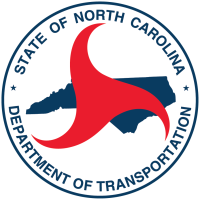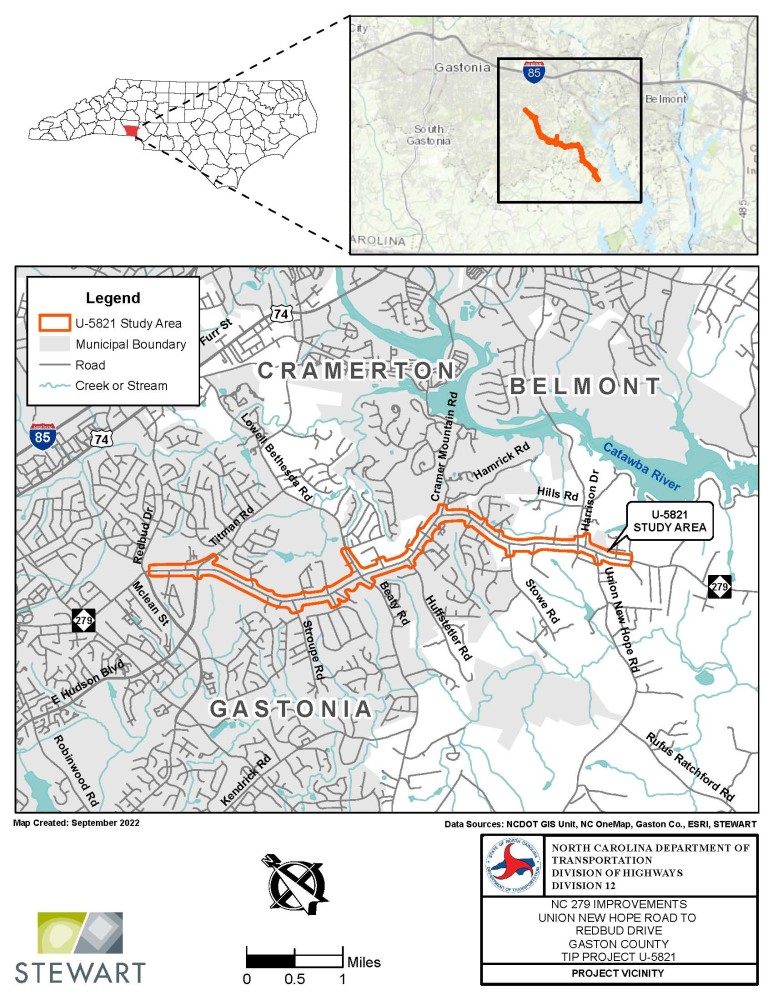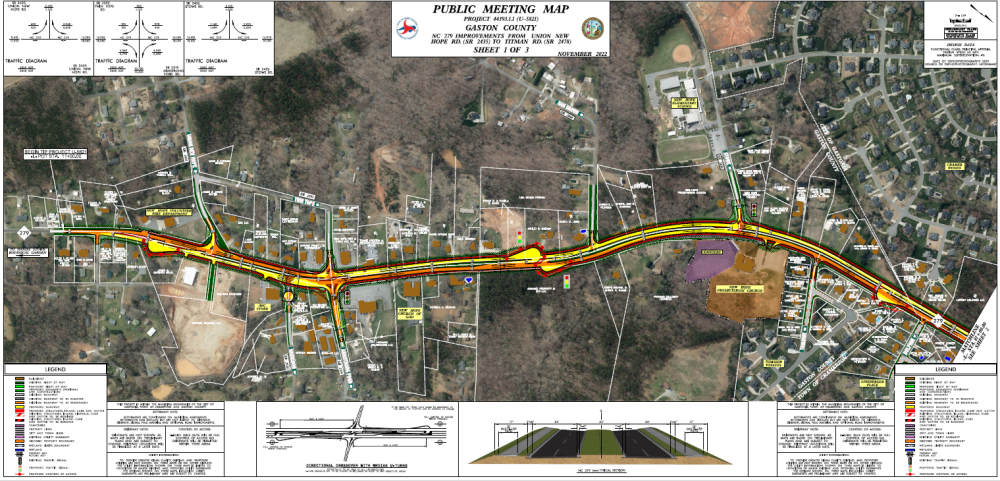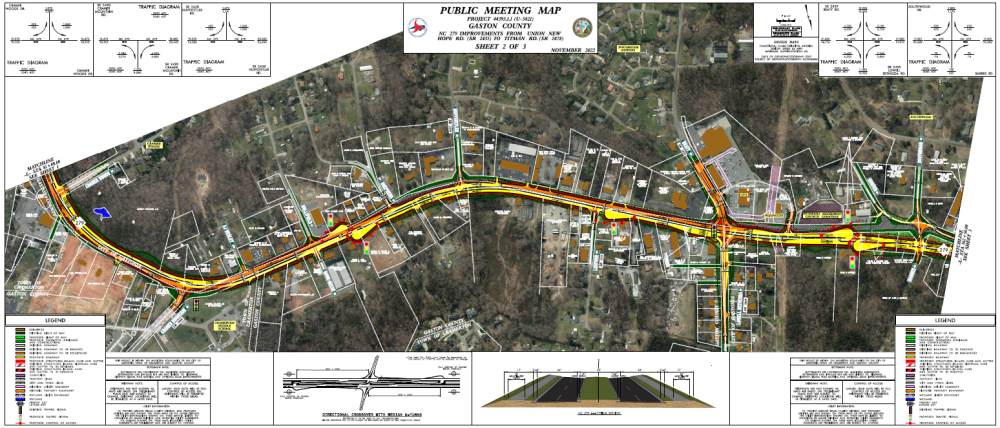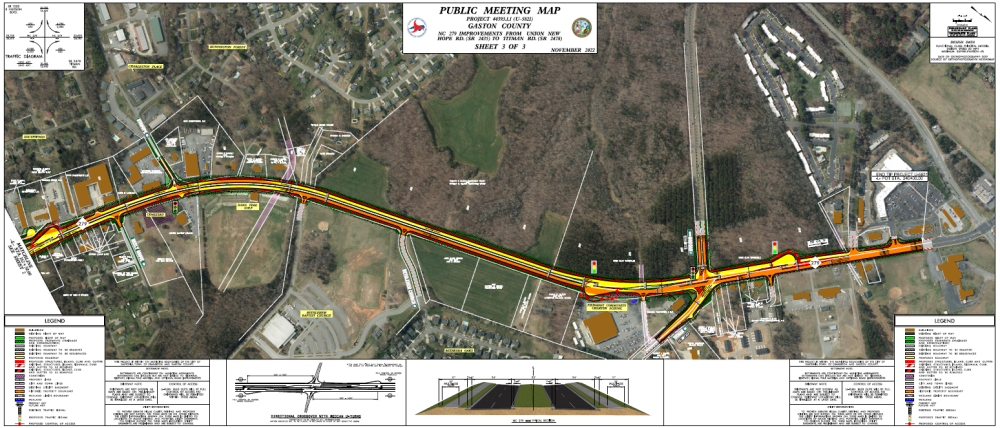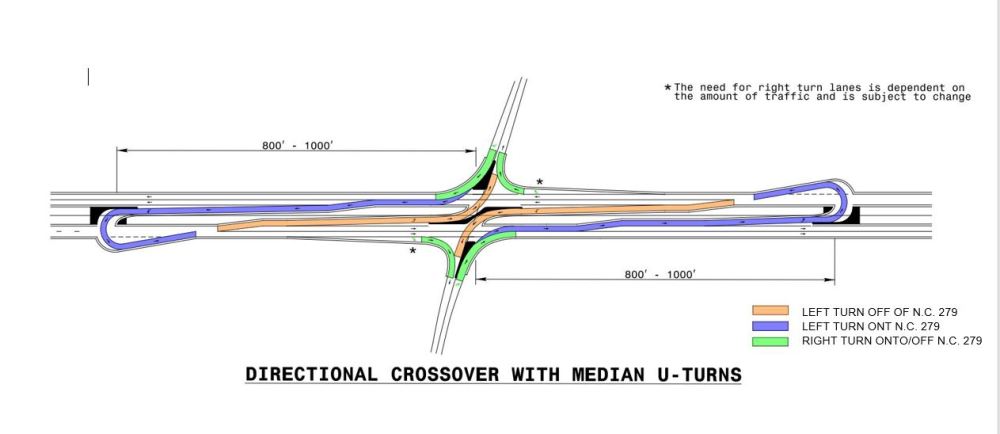U-5821: N.C. 279 - South New Hope Road Improvements
U-5821: N.C. 279 - South New Hope Road Improvements
Upgrade of N.C. 279 (South New Hope Road) from Union New Hope Road to Redbud Drive in Gastonia
Project Study Area Map
This map is for reference only and is a representation of the general project area.
Project Overview
State Transportation Improvement Program (STIP) Project Number U-5821 will upgrade N.C. 279 (South New Hope Road) from Union New Hope Road to Redbud Drive in Gastonia. The project is located approximately 15 miles west of Downtown Charlotte and provides connectivity between Gastonia, Charlotte, Cramerton and the adjacent areas including Lake Wylie, South Carolina.
Project Overview
State Transportation Improvement Program (STIP) Project Number U-5821, originally initiated in 2018, suspended in 2019, and reinitiated in August 2022, will upgrade N.C. 279 (South New Hope Road) from Union New Hope Road to Redbud Drive in Gastonia. The project is located approximately 15 miles west of Downtown Charlotte and provides connectivity between Gastonia, Charlotte, Cramerton and the adjacent areas including Lake Wylie, South Carolina.
Proposed improvements include
- widening N.C. 279 to a four-lane divided facility
- adding a multi-use path on both sides of N.C 279
- utilizing reduced conflict intersections at several of the intersections on South New Hope Road
The proposed project includes a 10-foot multiuse path on both sides of N.C. 279. The multiuse path was selected due to:
- its ability to accommodate acceptable levels of service for pedestrian and bicyclist users
- its requirement for less right of way
- Its lower cost, (millions of dollars less) than other separated pedestrian facilities
Proposed Typical Section
The proposed roadway typical section along N.C. 279 includes four 12-foot travel lanes, a 23-foot median, and 10-foot multi-use paths on both sides.
Reduced Conflict Intersections
A Reduced Conflict Intersection – sometimes referred to as a superstreet, a synchronized street, or a median U-turn is a general term used to describe several types of designs that can be used to improve safety and traffic flow on a highway by cutting more than half of the potential locations, or conflict points, where drivers and pedestrians can collide.
The most common type of Reduced Conflict Intersection design eliminates left turns from side roads onto busy main roads. Raised medians direct traffic from the side road into turning right. When there is a safe opening in traffic, drivers enter the flow of traffic on the main route. To go the other direction, or cross the highway, drivers pull into a dedicated lane – typically less than 1,000 feet away – and make a U-turn. There might be a traffic signal at this location.
With a Reduced Conflict Intersection, drivers from the side street only have to be concerned with one direction of traffic on the highway at a time and do not need to wait for a gap in both directions to cross a major road.
Watch a video about how Reduced Conflict Intersections (RCI's) work
Project Funding
| Estimated Amount* |
Right of Way Acquisition | $ 51.2 Million |
Utility Relocation | $ 17.0 Million |
Utility Construction | $ 3.4 Million |
Construction | $ 109.8 Million |
Total Cost | $ 181.4 Million |
* Costs are preliminary and subject to change
Project Timeline
Milestone | Date* |
Public Meeting | November 2022 |
Environment Document | February 2023 |
Right of Way Acquisition | July 2023 |
Construction | August 2027 |
* Future dates are preliminary and subject to change
Project Comments
NCDOT accepts comments throughout all phases of project development.
All comments will be taken into consideration, and carry equal weight, regardless of submittal method.
Comments for consideration during the current phase of project development were submitted by December 1, 2022.
Project Contact
Lee Bryson, PE
NCDOT Highway Division 12
Division Project Manager
P.O. Box 47
Shelby, NC 28151
Project Contact
Andy Young, PE
Stewart
Manager of Design, Transportation and Planning
223 S. West Street, Suite 1100
Raleigh, NC 27603
Title VI Feedback
To ensure we’re hearing from a broad set of voices, would you be willing to share (completely anonymously) some information about yourself?
If so, please click here: https://publicinput.com/NCDOT-Title-VI
RESOURCES FOR PROPERTY OWNERS
Although the N.C. Department of Transportation works to minimize the number of homes and businesses displaced by a road project, it is inevitable, in many cases, that a certain amount of private property is needed. The following information explains right of way acquisition and answers questions about the process.
Right-of-Way Brochure Single Page Layout Folleto del Proceso de Adquisición de Bienes Raíces
Right-of-Way Frequently Asked Questions
Right of way Acquisition Process Videos
Reduced Conflict Intersections
A Reduced Conflict Intersection – sometimes referred to as a superstreet, a synchronized street, or a median U-turn is a general term used to describe several types of designs that can be used to improve safety and traffic flow on a highway by cutting more than half of the potential locations, or conflict points, where drivers and pedestrians can collide.
The most common type of Reduced Conflict Intersection design eliminates left turns from side roads onto busy main roads. Raised medians direct traffic from the side road into turning right. When there is a safe opening in traffic, drivers enter the flow of traffic on the main route. To go the other direction, or cross the highway, drivers pull into a dedicated lane – typically less than 1,000 feet away – and make a U-turn. There might be a traffic signal at this location.
With a Reduced Conflict Intersection, drivers from the side street only have to be concerned with one direction of traffic on the highway at a time and do not need to wait for a gap in both directions to cross a major road.
